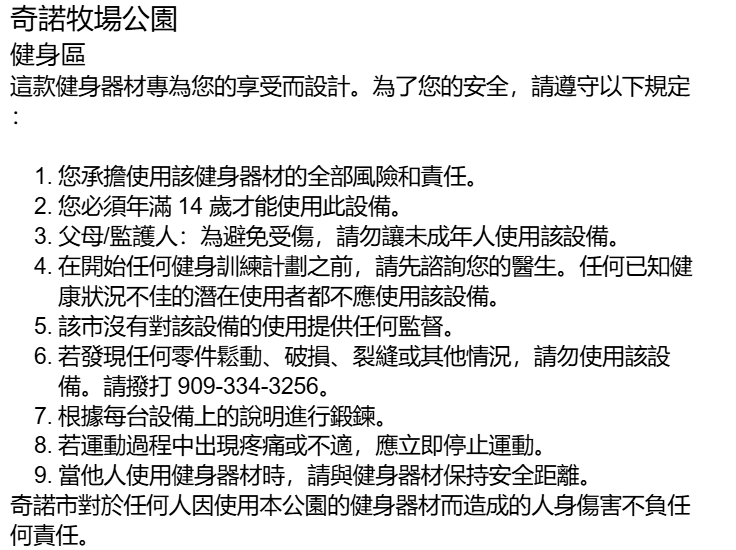Another big topic at the event was how we can use live data and machine learning to support human performance and improve Soldier readiness. While these tools offer exciting possibilities, there’s an important truth we can’t ignore:
Just because we can measure something doesn’t mean it matters.
Start with the right questions
The real danger isn’t whether machine learning will be helpful—it’s jumping in too quickly without clearly defining the problem we’re trying to solve. If we don’t know what success looks like, we risk wasting time and resources chasing the wrong metrics, focusing on what’s easy to measure rather than what actually drives performance.
Avoid the extremes
In human performance, there are two common mistakes:
1. Over-measuring things that don’t matter.
2. Ignoring useful data because it seems too complex.
Both approaches are flawed. We either end up with data that doesn’t lead to meaningful change—or we fall back on outdated methods and gut instincts. We need a smarter middle ground.
Tools are only as good as the questions they serve
AI, machine learning, and data dashboards are just tools. They only become valuable when they’re guided by clear goals, thoughtful planning, and smart decision-making. We must focus on the metrics that move the needle, not just ones that look impressive on a chart.
The goal should always be to turn data into action—to improve how Soldiers perform, recover, and stay mission-ready.
Making the invisible visible
Human performance includes physical readiness, cognitive sharpness, and behavioral resilience—all of which change under stress. If we can’t track and adjust these things, we’re guessing instead of optimizing.
Good data, applied the right way, helps us make informed choices about training, recovery, and readiness—ensuring our people are truly prepared for the demands of combat.
Source link










